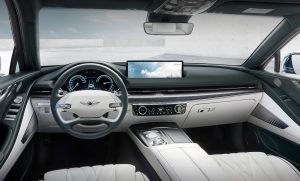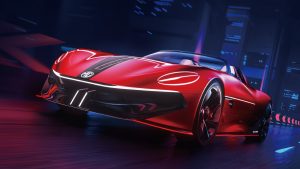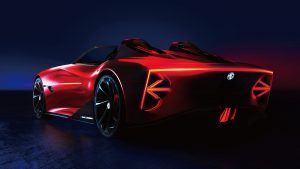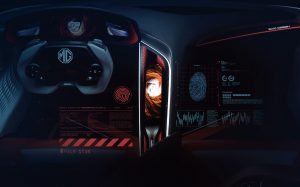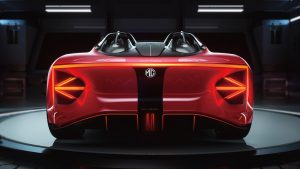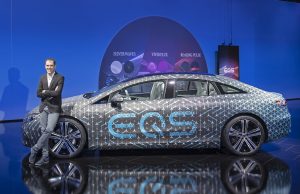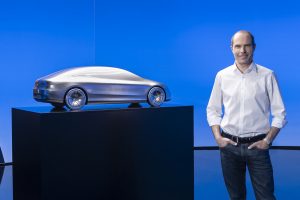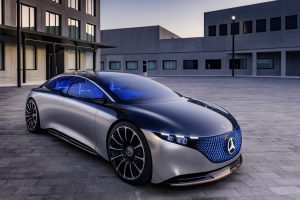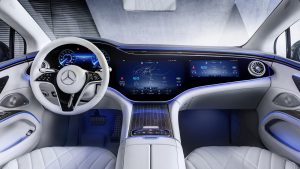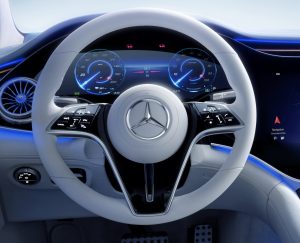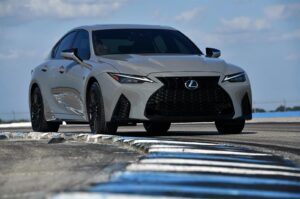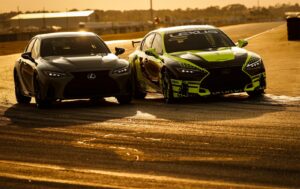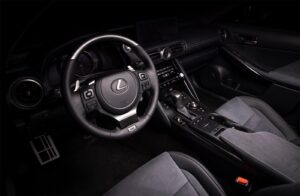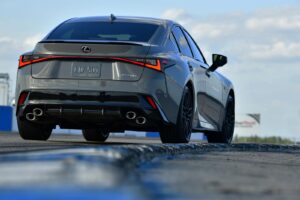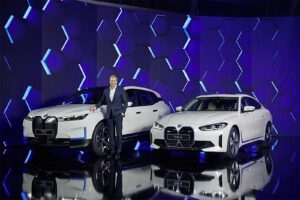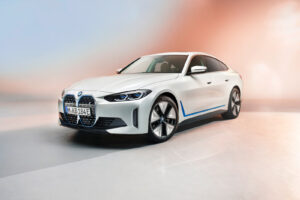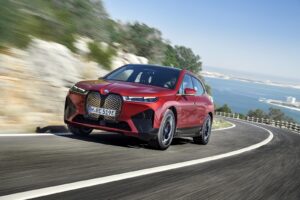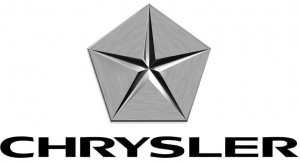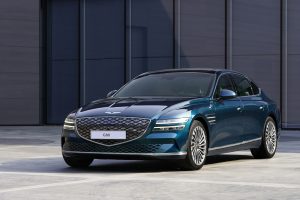
Genesis is looking to make up some ground when it comes to electrification with the new Electrified G80.
The Genesis brand is determined to go from catch-up mode to leaving its competition behind. After an initial delay, it’s rolled out an assortment of new SUVs and its now getting into the battery-car game with the launch of the Electrified G80 at the Shanghai Auto Show.
The name of the Genesis Electrified G80 sedan might confuse some folks, making it sound like the automaker simply stuffed some batteries inside the conventional, gas-powered G8. However, the new model gets a major makeover to ensure it gets the range and other benefits offered by switching to battery power.
“Today is very special because it represents a variety of firsts for the Genesis brand, not only because this is Genesis’ very first appearance at Auto Shanghai, but also as the first time we are unveiling a new product outside of Korea,” said Jay Chang, Global head of the Genesis brand. “The Electrified G80, the perfect balance of athleticism and elegance, marks the beginning of our journey into the EV market, representing Genesis in the era of electrification.”
Filling in gaps in the product line-up
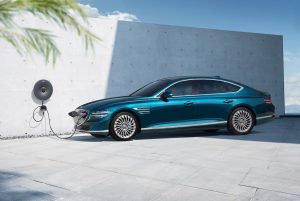
Genesis has been on a product roll in the last year or so, but an EV was a hole in the line-up — until now.
Genesis has been on a roll this past year, expanding its SUV line-up, updating initial sedans, including the gas-powered G80, and rolling out concepts like the all-electric Genesis X coupe revealed last month.
The one thing missing has been a production battery-electric vehicle, something the automaker has long signaled was in the works — though it also was known to be considering different options, including a crossover, a city car or, as it now turns out, a relatively conventional sedan.
There are some questions left to be answered, such as what platform the Electrified G80 rides on. Parent Hybrid Motor Group has developed the E-GMP architecture for use on products including the new Hyundai Ioniq 5 and Kia EV6.
It’s not clear whether it also underpins the Genesis Electrified G80. But the luxury member of the family has clearly found a way to squeeze in plenty of batteries, claiming the BEV sedan will deliver as much as 500 km, or 310 miles, range using the global NEDC standard. That likely would drop to something at or under 250 miles using the U.S. EPA test cycle.
Quicker charging
The powertrain also aims to address concerns about charging times. The Electrified G80’s drive system can flip from 400 to 800 volts, allowing it to plug into the latest public quick chargers. Using the newest 350 kilowatt systems it can go from a 10% to 80% state-of-charge in just 22 minutes, Genesis claims.
The Vehicle-to-Load, or V2L, system also lets a motorist tap energy stored in the battery to power electric tools or, if need be, appliances should a home suffer a power outage.
Genesis isn’t ready to reveal specifics about the motor drive system, though it does note the all-wheel-drive system has a “Disconnector Actuator” that lets it switch from AWD to just rear-wheel drive. That suggests there is a single motor mounted, most likely, on the rear axle.
In Sport Mode, the automaker claims, the Electrified G80 will launch from 0 to 60 in 4.9 seconds.
Lots of unanswered questions
While the battery model looks much like the conventional G80, it features a sealed version of the familiar Genesis Crest Grille. That reduces aero drag since there’s no need to send air to cool and feed a gas engine under the hood. The charging port is hidden within the grille’s upper right corner.
Inside, the automaker switched to sustainable materials, including fabrics made of PET from recycled soft drink bottles.
Calling electrification “one of the key strategies” for the brand, Genesis said the Electrified G80 will be followed by “additional EV models.” It also said it will share more information about the BEV and plans to bring it to North America “later this year.”
/**/
